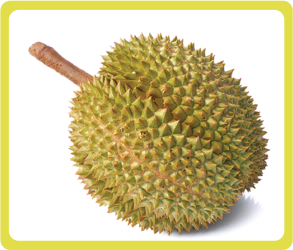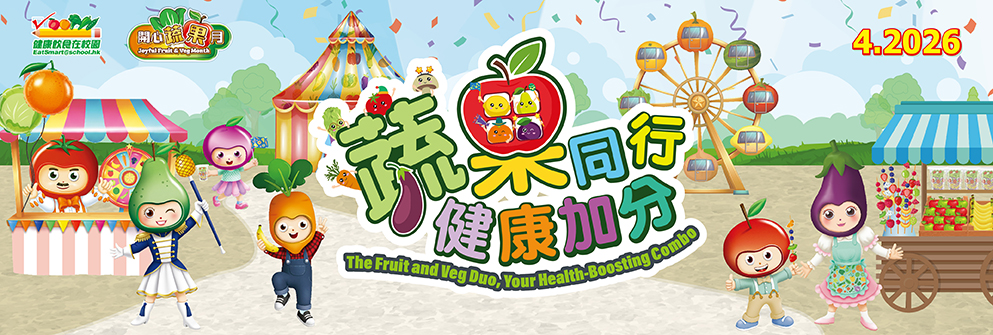Durian
|

Major Growing Areas
Durians are known as the "King of Fruits" and are mainly grown in the tropical areas of Southeast Asia, e.g. Malaysia, Thailand and Indonesia. When ripe, they give off a strong scent which can be smelled from a far distance. Due to the fruit's unique scent, not everyone likes durians. People's attitudes towards durians are polarising. While those who like the fruit find it irresistible, but those who hate it simply recoil from it.
Varieties
Durians come in many different varieties, with Musang King being the pick of the lot. With dark yellow flesh and tiny seeds, Musang King has a sticky texture and a classic bittersweet taste, tending towards bitter. The durian smell can linger in the mouth for hours. Other popular durian varieties include Mon Thong (with pale yellow flesh, more flesh content and tiny seeds, and a light flavour), Chanee (with dark yellow flesh, less flesh content and large seeds, and an intensely sweet smell), and Kanron (with less flesh content and large seeds).
Nutritional Values
Durians are among the few fruits that contain fat. They contain about 5% of fat. Nonetheless, they are quite high in energy content. The energy content of ⅓ bowl of durian pulps is already equivalent to that of 2½ medium-sized oranges.
|
|
Per 100 g (Approx. ⅓ bowl of durian pulp) |
| Energy |
147 kcal |
| Dietary Fibre |
3.8 g |
| Vitamin C |
19.7 mg |
| Potassium |
436 mg |
Buying Tips
It is advisable to buy ripe durians that are yellow in colour and exude a sweet smell. Do not buy the unripe ones which are green in colour, nor the overripe ones which exude an alcoholic smell.
Interesting Titbits
As durians are relatively high in fat and energy, they are not included in the list of fruit for daily consumption.
|
|
|
|
|

